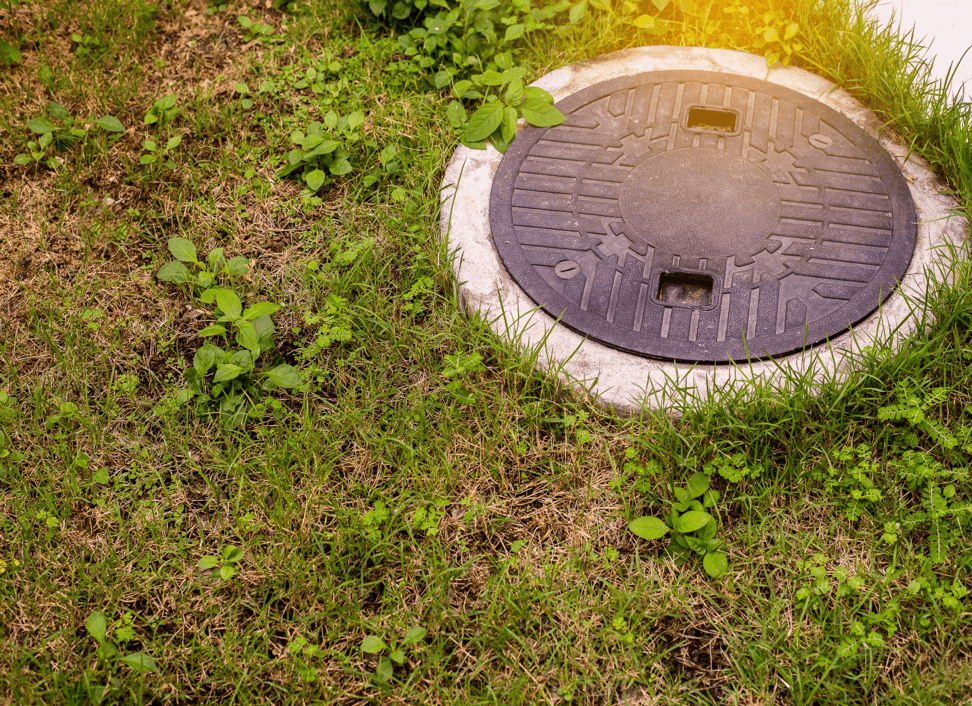The Most Common and Important Questions About Sewage Treatment Plants
While planning and designing your dream home, you will be involved in some major decision making. You need to ask the right questions to the right people like engineers, contractors and interior designers. They are professionals who will prepare the most appropriate strategy for you. When it comes to a sewage disposal system, preliminary groundwork can save you a lot of trouble and headaches later. Sewage treatment plants consist of adequate plumbing and underground tanks, where issues can crop up unexpectedly.

At Tanks-A-Lot, we answer some of the frequently asked questions by homebuyers and builders about sewage treatment plants and disposal systems:
- What are sewage and wastewater?
Sewage is mostly bodily waste - feces and urine. Wastewater is a term broadly used for sewage as well as water from showers, kitchen, and industries.
- What is sewage treatment?
Sewage treatment involves removing toxins and pollutants from it. This ensures when sewage is released; it has the least negative impact on its surroundings.
- Why is sewage treatment necessary?
Sewage management is extremely necessary because if sewage mixes with groundwater, it will result in contamination. Wastewater contains pollutants like ammonium, nitrate, nitrogen, and phosphorous. Several disease-carrying pathogens like bacteria, viruses, protozoa, and parasites are also present. Pharmaceutical pollutants are also present in it, resulting from the use of medicines. - Does every building have a sewage disposal system?
A building might be connected to city sewage or an onsite sewage disposal system. - How does sewage disposal system work?
A sewage disposal system will have a septic tank and a dispersal area. A septic tank is an underground tank which receives, treats, and settles human waste. The solids settle to the bottom and lighter materials float to the top. The liquid between the topmost layer and the sludge at the bottom flow into the dispersal area, where it is filtered before entering the groundwater. - What happens to the sludge in the septic tank?
Sludge along with lighter materials that settle on top need to be pumped out every 2-3 years by a septic system pump-out contractor. - Where are treatment-plants situated?
Treatment plants are mostly attached to the septic tank. It handles the waste by breaking it down through aeration. It makes the liquid waste cleaner before it enters the dispersal area. - What are the distinctive features of a septic tank?
Septic tanks are exclusively designed to suit the waste treatment process. The tank contains an anaerobic bacterium which doesn’t need oxygen to help break down solid waste. - How to install a sewage disposal system?
Employ the services of a registered onsite wastewater practitioner (ROWP) to plan, install and maintain your system, based on your needs. - What to do after the system is installed?
Failing underground tanks will contaminate the groundwater. They need servicing every 2 to 5 years, depending on use. The following is important:
- Call an authorized person for maintenance
- Try removing sludge from the septic tank in the spring before the colder months
- Leave a small amount of sludge in the tank for renewing bacterial activity
- What are the problems that can be expected with an installed Sewage Treatment Plant?
Sewage plants will develop a problem if:
- The sludge is not regularly pumped out
- The main pipe is uninsulated from frost
- Materials like cigarette butts, paints, and sanitary napkins, are flushed down the toilet, as they block the dispersal area
To learn more about septic tank maintenance or any other kind of maintenance, head over to our blog!
Have peace of mind and contact Tanks-A-Lot at Sherwood Park. We will listen to all your needs and custom make your sewage treatment plant for you. We are a manufacturer and distributor of Modulair® Wastewater Treatment Plants, scalable systems capable of treating up to 300,000 gallons per day. We custom-make precast concrete tanks - the preferred choice for underground septic tanks at residential sites.



